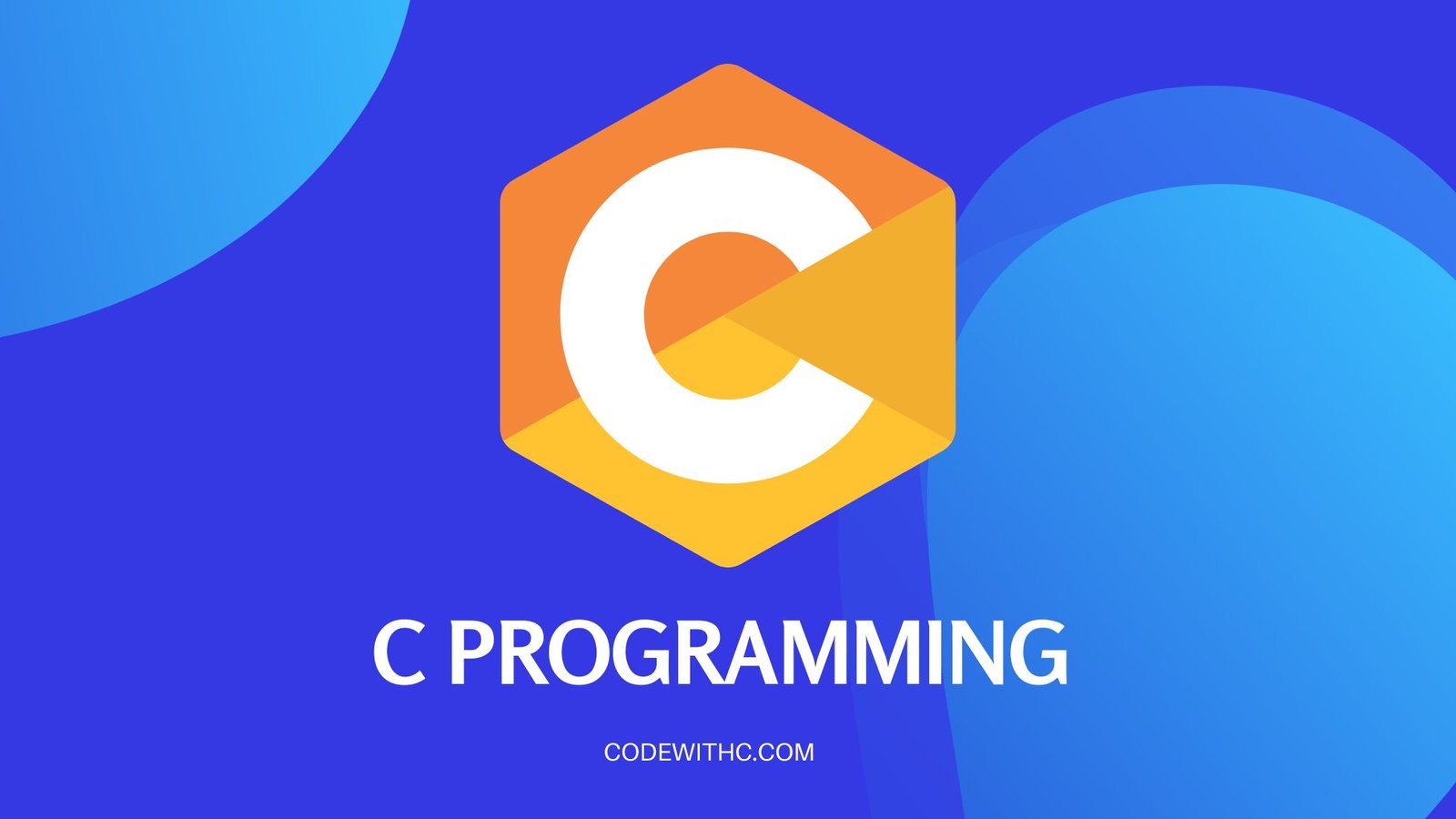Hey there, fellow coders! ? If you’ve ever wondered how to create flexible, dynamic data structures in C, you’re in for a treat. Today, we’re unraveling the intertwined tales of pointers and linked lists. Let’s get started!
Introduction to Linked Lists
Imagine a chain where each link can grow, shrink, or be removed without affecting the others. That’s the essence of a linked list. It’s a series of elements, known as nodes, where each node points to the next, creating a chain-like structure.
The Node: Heart and Soul of a Linked List
Every linked list is made up of nodes. Think of a node as a container with two compartments:
struct Node {
int data; // To store our value
struct Node* next; // To point to the next node
};
Code Explanation:
data: This is where the node holds its value. It’s like the content of a box.next: This is the magic wand, the pointer. It tells us where to find the next box or node in our list.
Let’s Build: Chaining Nodes Together
Our node structure is like a Lego piece. Now, let’s start building!
Creating a New Node: Step-by-Step
To add a new node, we need to:
- Carve out some memory space for it.
- Set its data.
- Point it to the current head of our list (making it the new first node).
struct Node* addNode(int value, struct Node* head) {
struct Node* newNode = (struct Node*)malloc(sizeof(struct Node)); // Step 1
newNode->data = value; // Step 2
newNode->next = head; // Step 3
return newNode;
}
Code Explanation:
malloc: This is like asking the system, “Hey, can I get some space for my new node?” If the system agrees, it hands over the memory.newNode->data = value;: Here, we’re putting our value into the node’s data compartment.newNode->next = head;: With this, we’re telling our new node to point to the current first node, effectively making our new node the first in line.
Walking Through the List: A Pointer’s Journey
With our list built, let’s stroll through it. This stroll is all about following the breadcrumbs, or rather, the pointers from one node to its next buddy.
Displaying Our List
void printList(struct Node* head) {
struct Node* current = head; // Starting at the head
while (current != NULL) { // Until there's no more nodes to visit
printf("%d -> ", current->data); // Show the current node's value
current = current->next; // Hop onto the next node
}
printf("END\\n"); // Signify we've reached the list's end
}
Code Explanation:
- We initiate our journey with the
head, the start of our list. - As long as our current position isn’t an empty spot (
NULL), we:- Display the value where we’re standing.
- Use the
nextpointer to jump to the next node.
- Once we’ve visited all nodes, we print “END” to indicate the list’s end.
The Bigger Picture: Why Linked Lists?
Linked lists offer flexibility. They can expand or contract as needed, in stark contrast to arrays, which have a fixed size. Plus, adding or removing nodes is a breeze, especially in the middle of the list.
